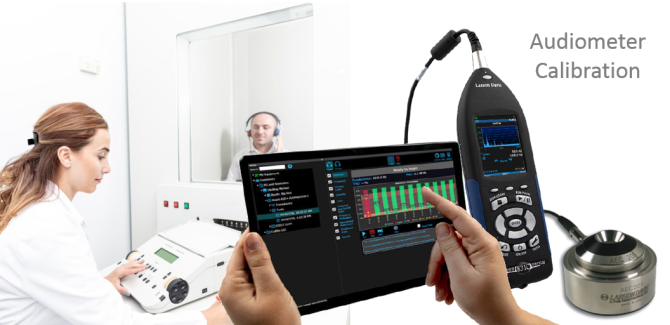

NIEL was found in subjects with normal audiograms but with a history of noise exposure. OAEs were found to be more sensitive to noise damage than behavioural audiometry.

As the severity of NIHL increased, the emissions range became narrower and the amplitude smaller. A clear association between the OAEs and the severity of the NIHL was noted.

On average, CEOAEs were recorded up to 2 kHz, indicating that up to this frequency range (speech area), cochlear functioning is intact and the hearing threshold is better than 25 dBHL. In general, the features of noise-induced emissions loss (NIEL) closely resembled the behavioural NIHL parameters: both were bilateral and both affected primarily the high frequencies, with a "notch" at around 3 kHz in the DPOAEs. Findings were also compared with those in 310 young military recruits with no reported history of noise exposure and normal bilateral audiogram.

The study group consisted of 283 noiseexposed subjects and 176 subjects with a history of noise exposure but with a normal audiogram. The purpose of this study was to explore the application of the click-evoked and distortion products otoacoustic emissions (CEOAEs and DPOAEs, respectively) in the diagnosis and detection of noise-induced hearing loss (NIHL). Joseph Attias 1, Gil Horovitz 2, Nariman El-Hatib 3, Benny Nageris 4ġ Institute for Clinical Neurophysiology and Audiology, Schneider Children's Medical Center of Israel, Petah Tiqva, Israel 2 Institute for Noise Hazards Research, Israel Defence Forces, Israel 3 Middle East Association for Managing Hearing Loss (MEHA) in Jordan and Israel, Jabal Amman, Jordan 4 Department of Otorhinolaryngology, Rabin Medical Center, Beilinson Campus, Israel Detection and clinical diagnosis of noise-induced hearing loss by otoacoustic emissions


 0 kommentar(er)
0 kommentar(er)
